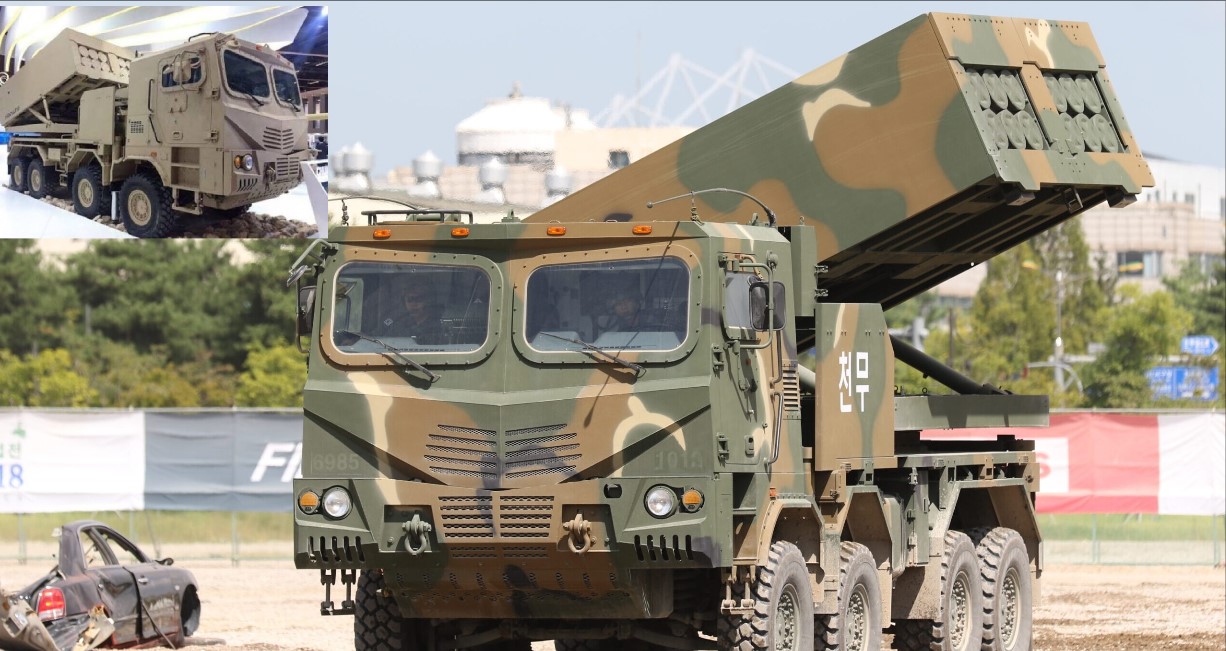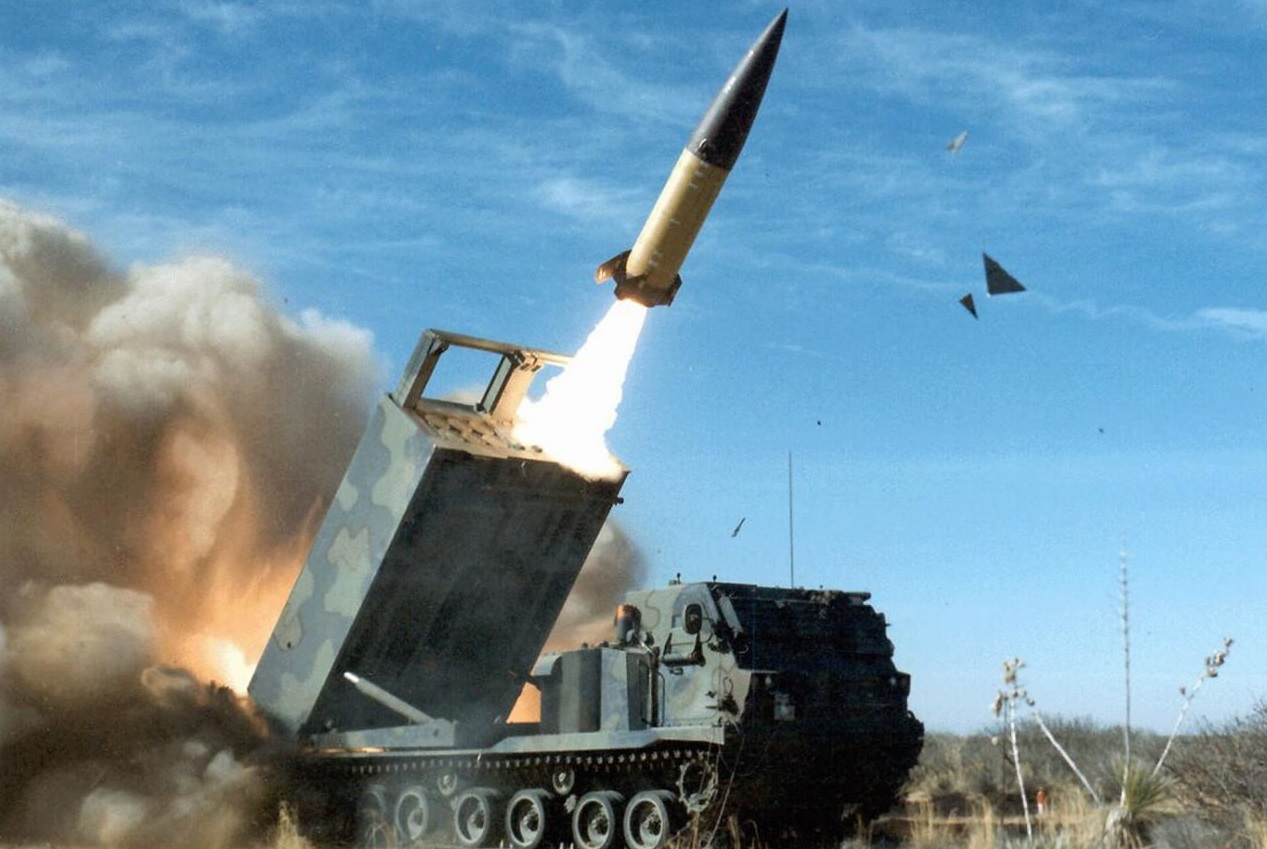DRDO Successful Test Long Range Hypersonic Anti-Ship Missile From Dr APJ Abdul Kalam Island

India has reached another milestone in its pursuit of cutting-edge military capabilities by successfully testing a long-range hypersonic anti-ship missile off the coast of Odisha. This achievement, which was announced with enthusiasm by Defence Minister Rajnath Singh, signifies the nation's induction into a select group of countries possessing hypersonic weapon technology. Singh hailed the test as a "historic moment," emphasizing the significance of India developing a weapon system that can strike with unmatched speed and maneuverability while effectively evading contemporary air defense systems.
The missile, crafted indigenously by the Defence Research and Development Organisation (DRDO), is designed to deliver both conventional and nuclear payloads over a range exceeding 1,500 kilometers. Hypersonic weapons, which can travel at speeds of Mach 5 or higher—five times the speed of sound—offer a game-changing tactical advantage by greatly reducing the enemy’s reaction time and complicating interception efforts. Advanced models can even achieve speeds over Mach 15, adding an extraordinary element of complexity for any defense measures they might encounter.
The DRDO's hypersonic missile was launched from Dr. APJ Abdul Kalam Island, a key site for India’s missile program. A network of tracking and monitoring systems, stationed both on land and aboard down-range vessels, confirmed the missile’s successful maneuvers and high-precision impact on its intended target. This achievement follows years of research and collaboration across multiple DRDO facilities, such as the Dr. APJ Abdul Kalam Missile Complex in Hyderabad, and the partnership of various industrial stakeholders.
While India's success in this domain represents significant progress, it is worth noting that the global race for hypersonic technology is fiercely competitive. Russia and China are considered leaders in hypersonic weapons development, with their systems already deployed and tested extensively. The United States, though catching up rapidly, has launched a series of ambitious projects aimed at narrowing this technological gap. Meanwhile, nations such as France, Japan, Australia, and Israel are also investing in hypersonic weapons research, showcasing the critical role these systems are anticipated to play in future conflicts.
The latest test not only highlights India's growing indigenous defense manufacturing capabilities but also raises the strategic stakes in Asia, where regional military posturing and technological advancements are continually evolving. The government, celebrating this achievement, credits the success to coordinated efforts by DRDO scientists, the armed forces, and numerous industry partners.
As nations worldwide continue to advance in hypersonic technology, India’s accomplishments in this sphere are both a symbol of technological prowess and a crucial asset for national security. This development underscores a pivotal moment in India's defense narrative, reinforcing its position on the global stage as a significant player capable of crafting next-generation weaponry to safeguard its interests and maintain strategic stability.



